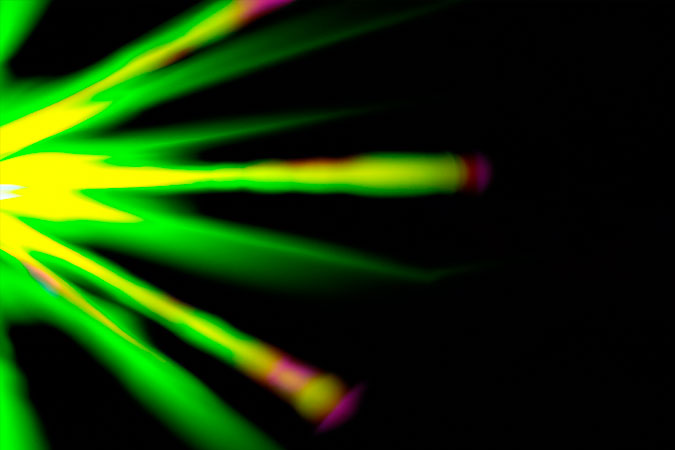Illuminating the Invisible: Nuclear Medicine Imaging Unveiled
This article delves into the intricacies of nuclear medicine imaging, a powerful medical imaging technology using gamma rays. It explores the unique approach of injecting gamma ray emitters, such as technetium-99m, into the patient’s body to create detailed images of internal body structures and functions. The text highlights the significant role of nuclear medicine imaging in diagnosing and managing numerous health conditions, ultimately underscoring its potential in revolutionizing the future of medical imaging.

Nuclear Medicine Imaging Unveiled
Nuclear medicine imaging is a complex but intriguing branch of medical imaging technology, leveraging the potential of gamma rays, a type of electromagnetic radiation, to visualize internal body structures. Unlike conventional radiology methods like X-rays that rely on external radiation, nuclear medicine imaging introduces gamma ray emitters into the body, with these rays emanating from the atomic nucleus when an unstable nucleus decays.
For a patient to undergo nuclear medicine imaging, they must be administered a gamma ray emitter. However, for this emitter to be suitable for imaging purposes, it must satisfy several requirements:
- It should possess a reasonable half-life, preferably within a range of 6 to 24 hours. The half-life of a radionuclide denotes the time it takes for half of its radioactive atoms to decay. A reasonable half-life ensures that the emitter will persist long enough for imaging but not overly expose the patient to radiation.
- The gamma ray produced should be easily measurable. This factor is crucial in obtaining clear and accurate images.
- The emitter should ideally deposit minimal energy into the patient’s tissues to ensure the lowest possible radiation exposure.
Technetium-99m is the most frequently used radionuclide in nuclear medicine due to its favorable properties. It can be administered directly as a technetium salt or combined with different molecules to create a variety of radiopharmaceuticals.
For instance, when technetium-99m is coupled with methylene diphosphonate (MDP), it forms a radiopharmaceutical that selectively binds to bone. This specificity enables detailed assessment of the skeletal structure, aiding in diagnosing conditions like fractures, infections, or tumors that may not be easily discernible on regular X-rays.
In a similar vein, merging technetium-99m with other compounds allows evaluation of other body regions, such as the urinary tract and cerebral blood flow. The choice of radiopharmaceutical determines which part of the body is visualized, as the compound’s absorption, distribution, metabolism, and excretion patterns dictate the regions that will be most prominently imaged.
Once the radiopharmaceutical is administered, a gamma camera is employed to capture the images. The gamma camera detects the gamma rays emitted by the radiopharmaceutical within the body and generates images that can be interpreted by medical professionals.
In essence, nuclear medicine imaging provides a unique window into the physiological processes of the body, going beyond structural anatomy to reveal functional aspects. As such, it plays an integral role in diagnosing and managing a multitude of conditions, from heart disease and cancer to neurological disorders. With ongoing advancements in the field, nuclear medicine’s scope and potential continue to expand, offering promising prospects for the future of medical imaging.











